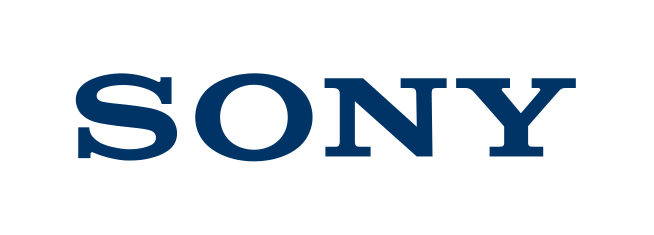How IP and Software-based Solutions are Supporting the Transition to Remote Care

Technology has always helped the healthcare industry gain deeper insights, provide enhanced visualization, documentation and operation and offer an engaging way to train and educate the next generation, all while streamlining efficiencies and saving time, money and resources. Simply put, the use of technology has enriched and improved healthcare and contributed to more informed decision-making and better patient outcomes.
We’re all well aware that the COVID-19 pandemic changed our industry forever from a workflow, collaboration and interactional standpoint, as well as a design and integration perspective. One such efficiency that has come to the forefront as a result of this new way of working is the accelerated adoption of IP (internet protocol) technologies and software-based solutions.
Audio and video over IP is not a new concept, but it has recently become more cost effective and practical for healthcare applications in both clinical and non-clinical spaces. As considerations such as flexibility, expandability, interoperability and ease of use become paramount, the industry is looking for intuitive tools that are interoperable, scalable, and can work with existing infrastructure, whether it is copper or fiber based, to create a holistic solution that meets the needs of today while planning for tomorrow’s demands. That’s where video over IP comes in.
A primary reason video over IP systems are being adopted is because they are modality neutral. With a common RJ45 jack and inexpensive network cables any modality can be used. Additionally, IP doesn’t require a dedicated cable run or additional equipment, making it easy to set up and employ virtually anywhere in a facility. IP also offers facilities the ability to maximize their capital investments and assist in future technology implementation – all while working with an existing infrastructure.
Another crucial element for medical treatment is access to real-time information and content, which proves critical in certain treatment situations. An IP-based infrastructure satisfies this necessity due to the streamlined routing of audio and video, with minimal latency. In the field of healthcare, every millisecond counts and swift access to important information helps promote more insightful decisions. The expectation is that vital patient data is accessible anytime and anywhere, so the content needs to be easy to find and share – while also being secure. And as resolution and file sizes increase it becomes even more important to have a process in place that quickly and seamlessly offers low latency compression that is virtually lossless. This means a hospital no longer needs a pricey network infrastructure to handle the bandwidth and can still produce and share high-resolution video at maximum quality.
 Additionally, software-based solutions and infrastructures are beneficial due to their ability to free up space and centralize equipment, resulting in a reduced footprint. Real estate is already at a premium in a healthcare environment, so the ability to create more space and less clutter is essential. The spread of diseases has always been a concern in medical environments, and now more than ever, freeing up essential space and minimizing contact between staff and patients is of the utmost importance and will continue into the future. Using solutions that offer remote and virtual efficiencies help to safeguard everyone by reducing the potential risk of infection.
Additionally, software-based solutions and infrastructures are beneficial due to their ability to free up space and centralize equipment, resulting in a reduced footprint. Real estate is already at a premium in a healthcare environment, so the ability to create more space and less clutter is essential. The spread of diseases has always been a concern in medical environments, and now more than ever, freeing up essential space and minimizing contact between staff and patients is of the utmost importance and will continue into the future. Using solutions that offer remote and virtual efficiencies help to safeguard everyone by reducing the potential risk of infection.
As we navigate the new realities of the healthcare industry and acknowledge that the landscape has been altered forever, let’s recognize that the recent challenges have helped accelerate the potential for a smarter, safer and more efficient future that is driven by powerful technology that empowers users.
AUTHOR: Julie Holodak, Director, Healthcare Solutions, Sony Electronics
Julie leads the strategy for Sony’s healthcare offerings including surgical monitors, recorders, cameras, printers and media, as well as the NUCLeUS IP-based audio and video routing platform and 4K/3D solutions. Her oversight encompasses marketing, business development and forecasting, in addition to interfacing with customers such as surgeons, IT and OR managers and luminaries.

